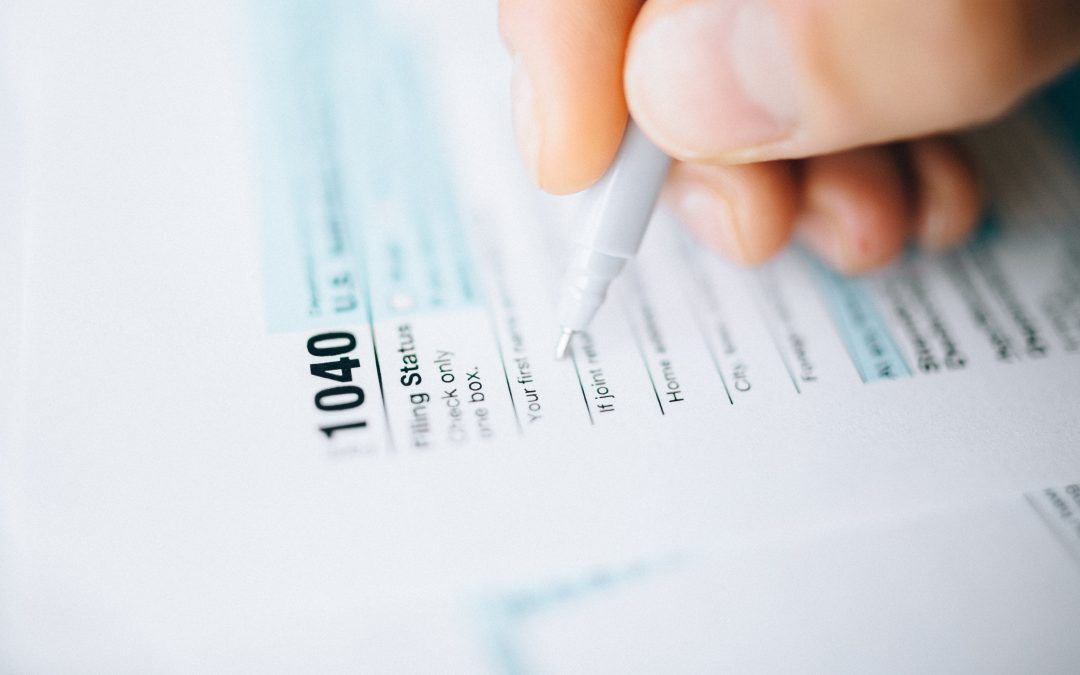IRS form due dates this tax season
Fidelity investments, as with any registered broker-dealer or investment firm, is required to provide these investment related IRS tax forms to investors by the following due dates for the upcoming tax season:
| Tax Form | Due Date | Form Description |
|---|---|---|
| 1099-R | January 31, 2025 | Distributions from retirement plans, IRAs, pensions, annuities, insurance contracts, etc. |
| 1099-Q | January 31, 2025 | Distributions from Qualified Tuition programs (ie: 529 plans) |
| 1099-INT | January 31, 2025 | Interest income earned. Note that interest passed through to investors via mutual funds will be reported on 1099-DIV. |
| 1099-B | February 15, 2025 | Proceeds from the sale of investments in non-retirement accounts. Fidelity often provides the cost basis as well. |
| 1099-DIV | February 15, 2025 | Dividends & Capital Gains Distributions of investments in non-retirement accounts. |
Getting Fidelity tax information
Note that Fidelity will beat these dates when possible as a courtesy to their customers. If you have Fidelity accounts you can contact Fidelity, use your Fidelity app, or log into your account with your computer to see if your Fidelity tax documents have been, or will be, provided ahead of the deadlines noted above.
Use the following link to get an update from Fidelity on their tax forms overview.
You should go to your account on-line and get your tax information right there to be most efficient. This is also known as paperless delivery.
If you elect paper, the legal requirement is to mail you the tax statement documents by the due date. Fidelity’s mailing schedules will include sending out paper documents by the due dates. Then there is the obvious delay of the mail delivery time.
If you file your own return, and use tax filing software such as TurboTax, you can often upload the forms right from Fidelity into the tax software and it will input all the data for your too!
Note that for tax filing purposes, if your account type is a retirement account, you won’t receive a 1099-INT, 1099-DIV, or 1099-B, as those documents are only issued to non-retirement accounts. Retirement accounts will issue a 1099-R when funds are distributed. To learn more about how taxable and retirement accounts are taxed differently, see this article.
File by the end of February
As you can see, all of the critical investment related tax forms are due to you by the middle of February. That gives you exactly two months (Feb 15th to Apr 15th) to prepare, file and pay (if applicable) your taxes.
Why not file by the end of February? That gives you two weeks to complete and file your return.
Form W-2 for wage income is due to you by the end of January, so that shouldn’t hold you up. If you get a K-1 due to having pass through investments, that could hold you up as those have a March 15th due date.
For many investors, you’ll have all your documents by the middle of February, making an end of February filing a realistic possibility.
Why these deadlines matter
There are a number of reasons why you want to file your tax return as early as possible.
Remember that preparing, filing and paying your taxes don’t have to be on the same dates.
For example, learning that you have a tax liability by preparing your return early in the filing season will give you a number of weeks of extra time to make plans on how to pay. In other words, you’ll know how much you owe well in advance of when you need to pay.
Reasons to file your tax return early
Reason 1 – you’ll get your refund quicker. If you are due a refund and file electronically, you’ll get your money much faster. You can then put that money to good use rather that it being dead money earning you nothing. With interest rates much higher these days, you could be leaving two full months of interest on the table by waiting until the due date to file.
Reason 2 – If you owe, you’ll find out earlier, rather than at the last minute. This will give you a lot more time to plan for how you are going to pay the tax bill. You can file your return now and pay by the April 15th deadline. You don’t have to file and pay at the same time. They are both due by April 15th, but they don’t need to occur at the same time.
Reason 3 – File before a fraudster does! As you know, there is a lot of fraud out there. One of the scams is someone filing a fraudulent tax return as if they are you and requesting that a refund that gets deposited to their account – not yours.
When you get around to filing your return it is then rejected by the IRS because a return was already filed. You’ll then waste months of your life trying to prove your identity and get your refund.
More reasons to file your tax return early
Reason 4 – If you owe you can also make plans to adjust your withholding now for the current year to pay in a little more each period to reduce the impact of trying to catch up by putting it off until later.
Waiting to determine your tax liability until April 15th puts you almost 1/3 into the new year before you realize an adjustment is needed in your withholding in the new year, which means you’ll have to withhold a lot more each month to catch up.
Reason 5 – Take the stress out of taking it down to the wire. Whether you prepare the return yourself using software or go to a tax service, getting started earlier gives you time to deal with issues you may encounter (such as missing tax documents) so that you are not as stressed by pushing up against the deadline.
So why not get going on your taxes now and take advantage of these reasons for filing early?
Coordinate timing with your tax preparer
If you pay someone else to prepare your return, you should coordinate your preparation expectations well in advance.
Unless filing earlier is extremely prohibitive due to much higher preparation fees during peak times, you would be best served, as described above, in having your returns prepared as early as possible.
Let your tax preparer know that you will have the information to them by the middle of February, and that you want your return prepared by the end of February.
This will ensure you capture all of the benefits for filing earlier rather than later.
Executive Summary: When does Fidelity send tax forms for investments?
- The Internal Revenue Service (IRS) has determined the dates for investment forms due to taxpayers for the upcoming tax year
- The most common investment documents issued to taxpayers include form 1099-R, form 1099-Q, form 1099-INT, form 1099-B & form 1099-DIV
- Tax form due dates in 2025 are similar to what they were last year, with most forms due in January or early February.
- Fidelity funds, as well as other broker – dealer and investment companies, must be provide these documents online or mail them by the due dates
- There are number of reasons to file your tax return early including (1) getting your refund quicker, (2) finding out earlier rather than later that you owe, (3) filing before a fraudster does, (4) adjusting your withholding in the current year earlier if you learn your under-withholding will likely occur again next year unless a change is made and (5) taking the stress out of tax time.
- Tax professionals may charge higher rates to prepare returns during peak times, but it is worth investigating to evaluate the trade off of a higher cost versus losing the benefits of filing early
Note that the data provided in this article is for educational purposes and general informational purposes and is not investment advice or income tax advice. Investing has the risk of the possible loss of principal capital. Be sure to work with your personal financial advisor and tax preparer when making investment decisions and tax decisions, as these professionals are familiar with your individual situation, marginal tax rates, and personal financial goals. If you use a financial advisor, make sure that they are a fiduciary, which means that are legally obligated to do what is in your best interest, not theirs!



